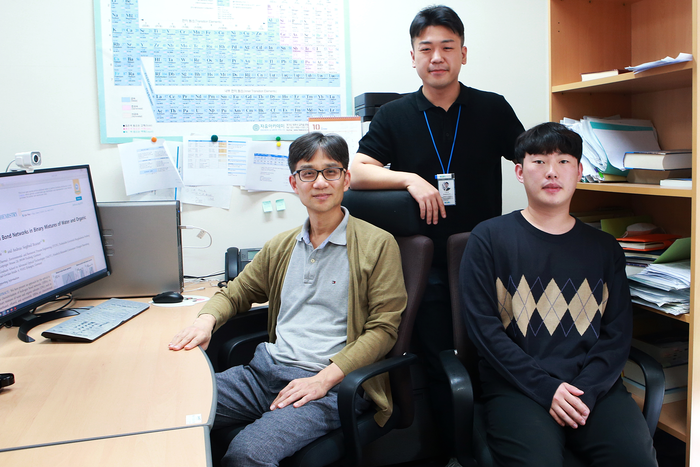There is a vast group of people who spend a lot of time sitting near charging points charging their laptops, tablets and phones. Lithium-ion batteries that power such devices frequently take a lot of time to recharge.
 Scientists from DGIST find the solution to a chronic concern in the energy field: what happens when you dilute high concentration electrolyte on lithium metal battery cycling?. Image Credit: Daegu Gyeongbuk Institute of Science and Technology.
Scientists from DGIST find the solution to a chronic concern in the energy field: what happens when you dilute high concentration electrolyte on lithium metal battery cycling?. Image Credit: Daegu Gyeongbuk Institute of Science and Technology.
Hence, making use of such batteries turns out to be a challenge while developing electric vehicles that demand rapid charge and long discharge periods. At the same time, Li-metal batteries (LMBs) feature a very high energy density and only need a fraction of the time to charge compared to their Li-ion counterparts.
But LMBs are still a long way off from being the ideal battery solution. They exhibit poor cyclability, low current efficiency and are susceptible to Li-dendrite formation, that is, surplus Li deposition on the electrodes.
Researchers have discovered that making use of high salt concentration electrolytes (HCE) diluted with ether-based solvents could help resolve these issues and enhance performance. Yet, we still need to gain better insights into how HCE dilution impacts the working of LMBs over an extensive range of working temperatures.
In a recent study published in Chemical Engineering Journal, a research team led by Prof. Hongkyung Lee and Hochun Lee from Daegu Gyeongbuk Institute of Science and Technology took up the task of understanding the effect of HCE dilution on LMB cyclic over a wide range of temperatures.
The electrolyte-deterministic interfacial stability is a crucial concern for securing battery performances. This work provides a rational strategy for diluting high-concentration electrolytes to stabilize a highly reactive Li surface.
Hongkyung Lee, Professor, Daegu Gyeongbuk Institute of Science and Technology
“The findings in this study can offer the clues to design electrolyte microstructure, identify its fundamental impact on the interfacial stability over a wide temperature range, and contribute toward stable cycling of Li-metal batteries in practice,” added Lee.
HCEs are mostly vicious and diluting them could raise the ion migration inside the cell and enhance wetting of electrodes. The researchers adopted a new HCE dilution method that enabled them to achieve good LMB cycling performance at temperatures ranging between 2 °C to 60 °C. The study performed a relative electrochemical analysis of a model HCE as well as an HCE diluted with 1, 1, 2, 2-tetrafluoroethyl 2, 2, 3, 3-tetrafluoropropyl ether (TTE).
The experimental outcomes denoted that TTE dilution considerably improved Li+ ion transport and decreased dendritic Li plating at low temperatures. This is known to be necessary for holding cycling stability.
Also, TTE was discovered to be accountable for the development of the thermally stable solid-electrolyte interface that identifies the high-temperature cycling potential of LMBs. Furthermore, the comprehensive analysis disclosed that TTE dilution can also prove useful for the high voltage cycling of Li cells.
The Li-metal is taken into account as a final anode for next-generation batteries.
With our research, we tried to reinforce the development of longer-cycling, higher-energy density batteries without sacrificing the charging rate, which is a prerequisite of electric vehicles that have longer mileage.
Hongkyung Lee, Professor, Daegu Gyeongbuk Institute of Science and Technology
The understanding from this study could be employed to design small and light but effective batteries with long-term cycling stability that can serve as power sources for walking robots, drones and physical augmentation.
Journal Reference:
Park, K., et al. (2021) Wide temperature cycling of Li-metal batteries with hydrofluoroether dilution of high-concentration electrolyte. Chemical Engineering Journal. doi.org/10.1016/j.cej.2021.131889.